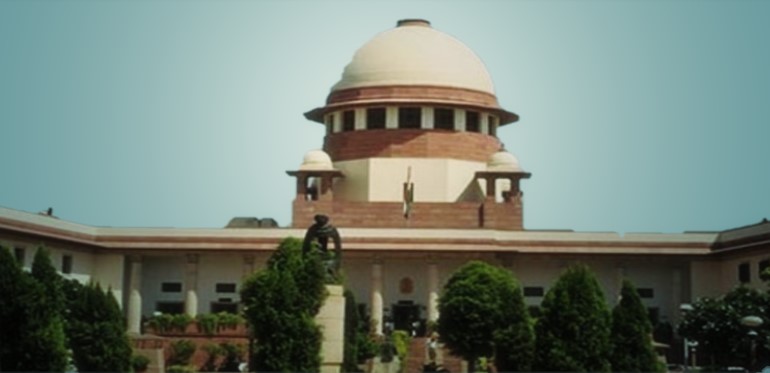[dropcap]W[/dropcap]hether the Supreme Court of India as an institution can be philosophically characterised as liberal, conservative, pro-left or pro-right by reading the judgments has been a question begging answer.
The Supreme Court, unlike United State’s Supreme Court, doesn’t sit as one court. We cannot even identify the Court after the name of the Chief Justice as has been done in United States, because the Chief Justices of United States invariably stay for a long time. The present US Chief Justice John Roberts has been heading the Court for the last 13 years. His predecessor William Rehnquist presided over for 19 years. The great John Marshall was in office as Chief Justice for long 34 years. During the period of 15 years, when Earl Warren (1953–1969) was the Chief Justice, the civil rights and civil liberties of citizens were dramatically expanded as such, United State’s Supreme Court in his period of history is known as the “Warren Court”.
However, the short tenure of Chief Justices in India (including Chief Justice Y V Chandrachud who served for seven years — the longest tenure for any Chief Justice of the Supreme Court of India) doesn’t really help in calling the Court after the name of Chief Justice. Moreover, as the Supreme Court of India doesn’t sit as one Court but sits in benches, the leadership of Chief Justice expected on judicial side is conspicuously absent. Despite these difficulties, the September judgments of the Supreme Court of India under the judicial stewardship of the 45th Chief Justice Dipak Misra have made the popular media to say that the Supreme Court has emerged as a “liberal court”.
The core idea of modern liberalism, as political theorists understand, flows from the concept of limited government, which itself, is an outcome of the social contract theory. Based on limited government, the liberals have constructed the philosophical structure on twin concepts of liberty and equality and the principles of pluralism and tolerance.
The Constitution of India enacted in 1950 has institutionalised the system of limited government. The role of Judiciary is to adjudicate not only disputes, but also to decide on the constitutionality of the acts of the other two wings — namely, Executive and Legislature. If the judges in hard cases tilt in favour of individual rights when pitted against the State power, minority rights in a contest against majoritarian Government, women in promoting gender justice, or free speech against intolerance, the tag of being a “liberal Court” gets attached.
On the question, is the label “liberal Court” on the Supreme Court of India, justified, the answer is undoubtedly yes, because:
- The Supreme Court of India struck down criminalisation of adultery and set the tone for recognition of the right of a woman to have sex outside the marriage without inviting any civil consequences (at present adultery is a ground for divorce).
- The Supreme Court of India upheld individual’s choice in sexual orientation by striking down criminalisation imposed by the colonial State power in Section 377 of the IPC and by this, it has paved the way for removal of discrimination against LGBTQI individuals.
- Though Supreme Court of India sided with the State authority in prescribing Aadhaar as a biometric identity, its use as a weapon of surveillance has been incapacitated by delinking from mobile phones and bank accounts and banning its use by private entities.
- The fourth and the last decision is on gender justice in opening the gates of Sabarimala temple to women of the age of 10 to 50 years, whose entry was stopped long back. In this contest, it was between the claim of equality and the right to practise religion versus the mighty religious institutions.


